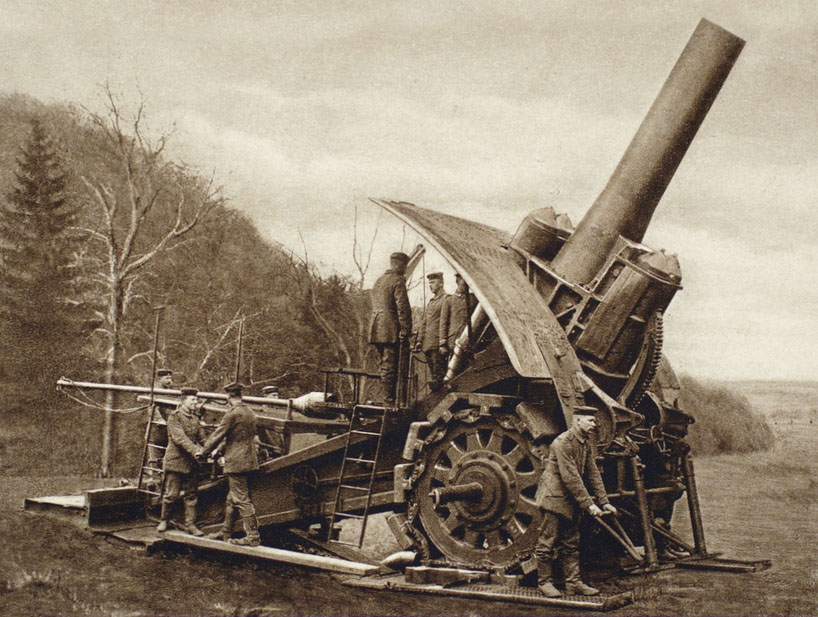
Being currently between school and work, I’ve had a lot of time to do two things I like: travel and play stupid phone games. One game I’ve been playing with friends is a military strategy game (similar to Risk), which has put me in a decidedly tactical mood. And recently, while traveling, this mood has caused me to return to Dan Carlin’s history podcast: Hardcore History Carlin subscribes to a “great people and great moments” view of history, that, while not necessarily coinciding with my own, certainly makes for entertaining listening.
In his series on the first World War, he describes the German siege of the Belgian town of Liège and the defensive forts constructed around it. Being one of the first major conflicts of the war, this siege was one of the first times that Europeans got to witness, first-hand, the bloody and destructive power of the new military technology which had been developed in the years following the Franco-Prussian War of 1870. (Carlin notes that conflict between Russia and Japan at the beginning of the century should have served as a lesson, but that for nationalist reasons, many Europeans refused to believe similar outcomes would be found in Europe.)
The series of forts and defenses constructed by the Belgians not 20 or 30 years before the conflicts were steeped in an old-world mentality—more appropriate for defending against Napoleon’s 19th century troops than the massive technologically sophisticated armies of 20th century German empire. These defenses stood no chance against the heavy artillery employed by the Germans—in particular, against one howitzer called Big Bertha.
Big Bertha was the informal name for the 42cm cannon developed by the German arms manufacturer Krupp in August of 1914. It was so heavy that it needed to be transported by railroad in six separate pieces, and assembled on site. Carlin reports that, in order to safely fire the gun, its operators needed to be located four football fields away, and covered their ears, eyes, nose, and ears with cotton in order to protect themselves. They were instructed to leave their mouths open as it fired, however, as the tremors caused by the colossal machine could destroy their clenched jaws.
I recommend looking up this gun, the siege of Liège, and the role that heavy artillery played in the first World War—some of the details will definitely surprise you. They even surprised the Germans themselves. This passage is from a 1921 German report titled “Yearly Report on Military Technology”: “Shortly before the war, the first 42cm mortar was finished in Räderlaf. Surprising for our foes, and for our own army, was its effectiveness. It was the first great surprise in the field of artillery when this weapon, with its distantly reverberating thunderclaps, brought even the strongest forts to ruins, and through that, brought the stunned world to the realization of what highly-developed weapons technology—with Krupp at the forefront—had accomplished.”